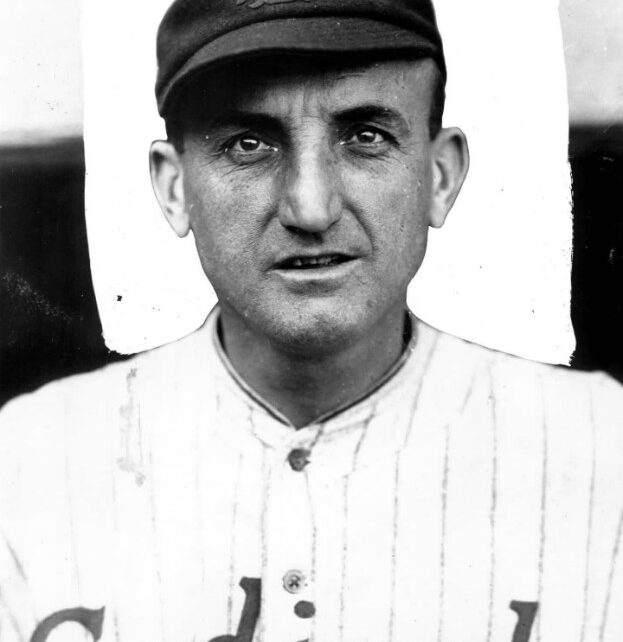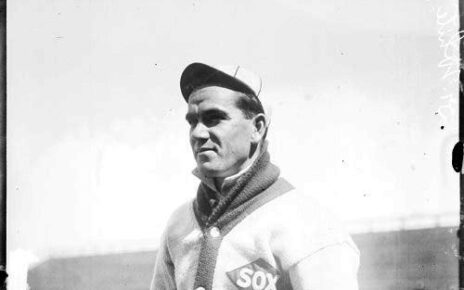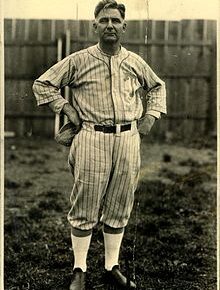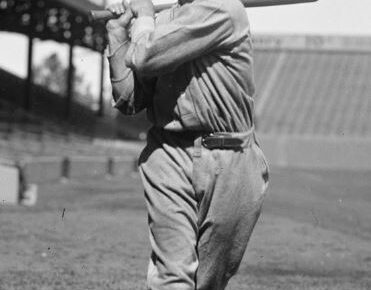Bobby Wallace was just too good of a fielder. He’s a member of the National Baseball Hall of Fame mainly because of his fielding ability. His hitting stats are rather average, but all who watched him considered him possibly the best defensive shortstop of the Deadball Era. He wasn’t always a light-hitting middle infielder. When he first came up with the National League’s Cleveland Spiders Wallace was strictly a pitcher. His robust fielding led to one year of two-way play before he transitioned to a long career of position play alone.
By the time 1896 rolled around Wallace had established himself as a serviceable, if forgettable, hurler. He was right around league average in his first two seasons, even with a penchant for walking way too many hitters. As stated above, Wallace could field, and that is a bit of an understatement. By all accounts, he was such a fantastic fielding pitcher that Spiders manager Patsy Tebeau decided midway through the 1896 season to convert Wallace to an outfielder.
In total Wallace appeared in 45 games during his lone two-way campaign. He pitched in 22 while playing first base in 1, left field in 3, center field in another 6, and right field in 15. Wallace was actually at his best as a pitcher in 1896. He amassed a career-high ERA+ of 136 over 145.1 innings on the mound. His FIP of 3.93 was a career-low, as was his WHIP of 1.486 and his ERA of 3.34. As a position player, the right-handed hitter managed a slash line of .235/.288/.336 across 164 plate appearances. Not great numbers and his OPS+ of 60 sure left a lot to be desired. Still, the diminutive Wallace didn’t strike out much and his athleticism in the field gave the Spiders all the reason they needed to switch Wallace to a permanent middle infielder.
A combined rWAR of 2.7 isn’t much to fawn over, but 1896 was the beginning of Wallace’s career turnaround. I wonder though, had they let Wallace keep pitching if he would have continued to improve in that area as well. The potential for continued improvement was certainly present, but it’s hard to argue with a career path that landed him in the Hall of Fame. Wallace wasn’t a good two-way player, but maybe he would have been had he been given more than one year to take a crack at the job.
Lead photo courtesy of Charles M. Conlin – The Sporting News




